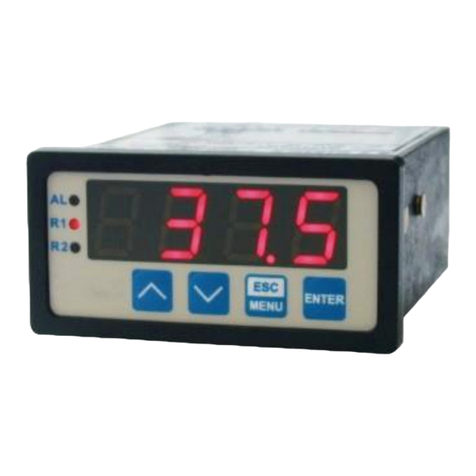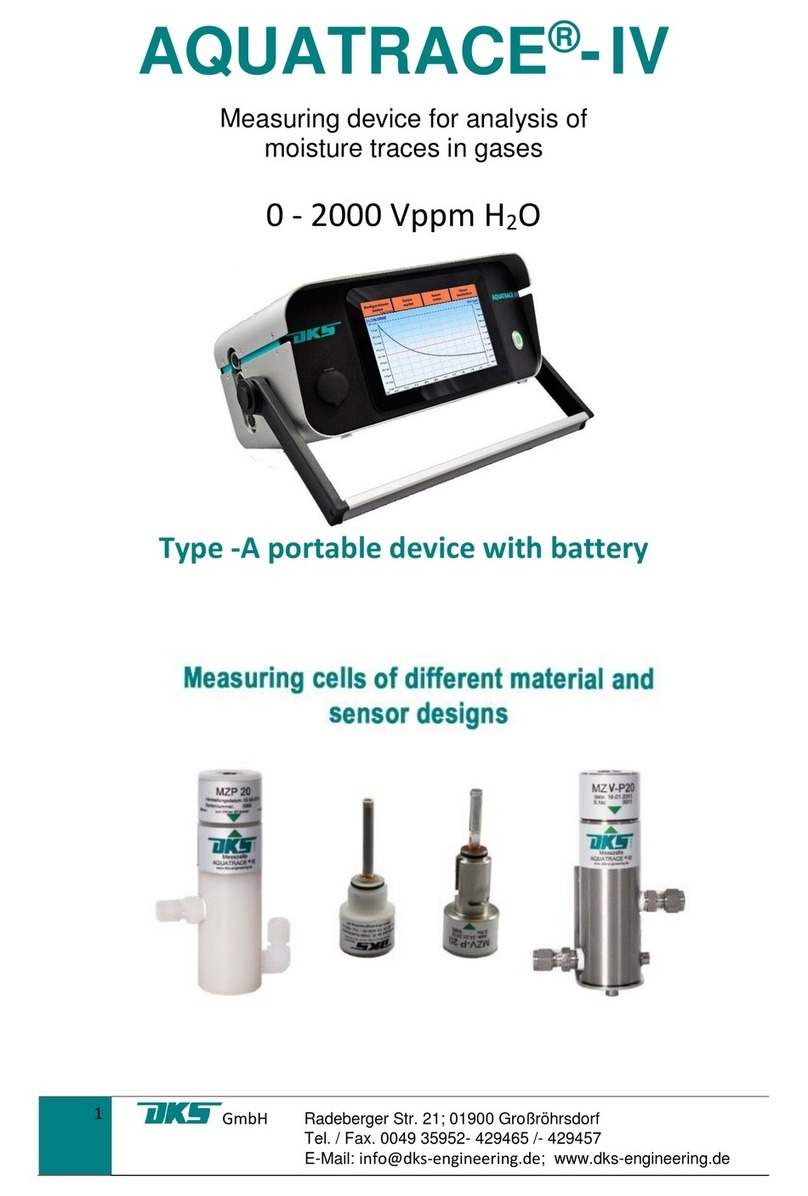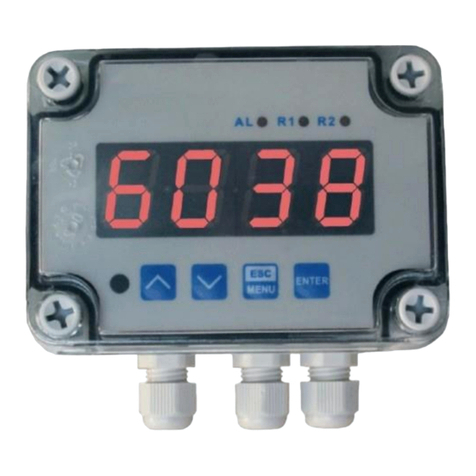The sensors are coated with phosphoric acid. In the operating menu, the cleaning and
recoating of the sensor with H3PO4approx. 40% ( semi-concentrated ) is described. This work
step is of particular importance, as the trouble-free functioning of the P2O5sensor depends
on the careful execution.
The handling of the sensor is simple, but requires a certain amount of practice:
1. In principle, when cleaning and recoating, care must be taken to ensure that no
moisture reaches the socket. This means that after thorough cleaning of the sensor
under running water, it must be dried thoroughly with lint-free cloth (paper).
2. When coating the sensor, make sure that the sensor tip is always slightly tilted
downwards.
3. Only 1 –2 drops of electrolyte (glass sensor up to 3 drops) should always be distributed
on the "active" sensor surface (slight turning; possibly distribute with brush).
4. To avoid "splashing" of the electrolyte solution in the sensor housing, the strong
formation of bubbles on the sensor should have subsided before it is inserted into
the chamber.
Please note!
Moisture residues on the housing wall are very slowly degraded by the passing dry gas,
which leads to falsified (increased) measured values over a longer period of time.
When operating the measuring cell, a constant gas flow must always be ensured. The flow
rate has an influence on the response time after humidity change but also on the absolute
value, since a corresponding calibration curve is firmly stored in the evaluation electronics.
Measuring cells for flow rates of 20 Nl/h or 100 Nl/h are available. The evaluation unit
automatically detects which of the two cell types is connected. For safety reasons, the cells
are designed for a pressure of up to 10 bar, and are usually sealed via a Viton-O-ring.
Normally, the measurement is carried out under low overpressure (20 - 100mbar). Higher
pressures must be reduced beforehand with a pressure regulator or throttle dosing valve.
A prerequisite for reliable measurement results is the acquisition and consistency of the flow
velocity. We recommend a needle valve at the input and a rotameter at the output of the
measuring cell. All components used in front of the measuring cell should have a leakage rate
of morethan 10-4 mbar l/s.
Behind the cell, the measured gas must flow off without pressure, with at least 1m pipe length
provided for the exhaust pipe. With shorter pipes, it can easily lead to re-diffusion of moisture
from the environment (partial pressure gradient).
The pipelines for measurement should always be in V2A or better. For particularly aggressive
gases such as chlorine, PTFE pipe is to be used. Other plastic materials may cause a strong
diffusion of moisture into the gas.






























